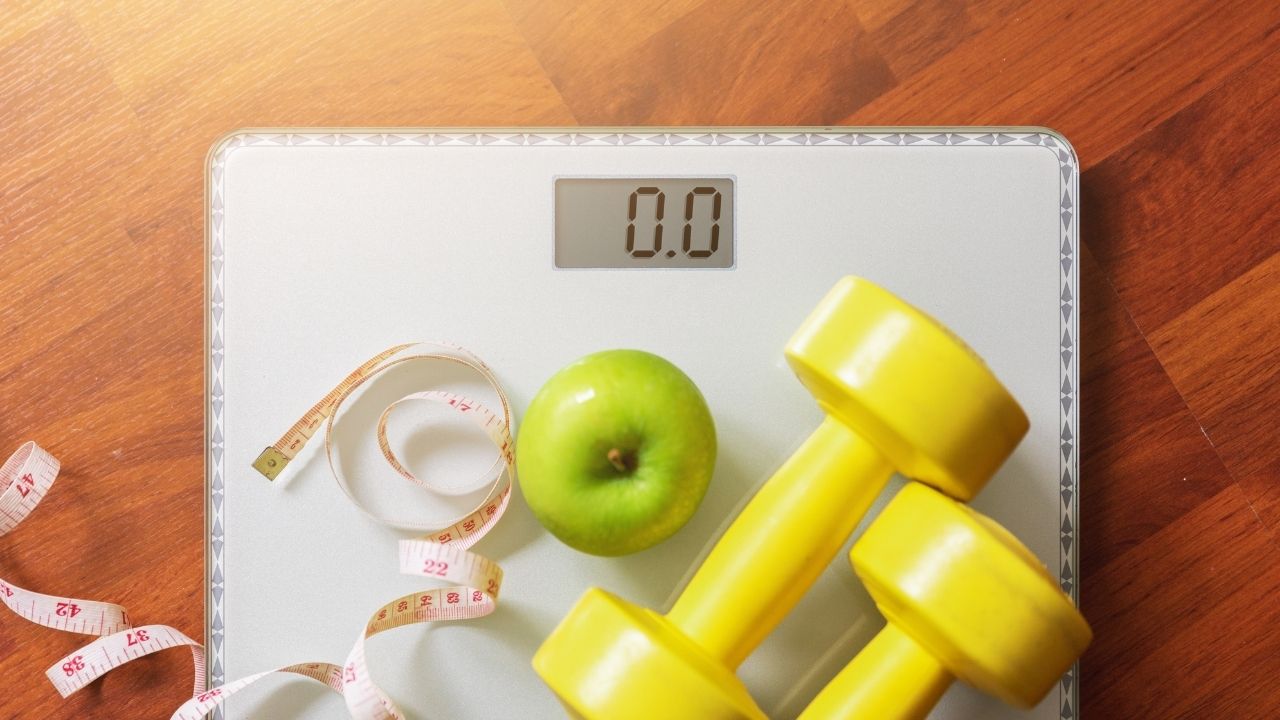A large number of adults face challenges related to being overweight or obese. This increases their risk of developing serious health conditions like type 2 diabetes, heart disease, stroke, and cancer. However, losing only 5 percent of your body weight can lower these health risks.
When starting a weight loss journey, it is important to remember that every person’s experience is different and influenced by many factors. For women, losing weight can be more difficult because of factors such as hormones, metabolism, and aging. Here are nine evidence-based weight loss tips for women that reflect these specific challenges.

Tips for Losing Weight
Reduce alcohol intake
There are several ways alcohol can contribute to weight gain. When mixed with sugary drinks, alcohol can be high in calories, and it may also increase hunger, lower feelings of fullness, and slow down fat burning. Research shows that heavy drinkers face a higher risk of weight gain than people who drink lightly or moderately. Even so, reducing your alcohol intake can support your weight loss efforts, says Cadenhead.
Plan and prepare your meals
Cadenhead suggests making your meals from scratch, even if they are very simple. This helps you stay away from processed foods, which usually contain more calories and are connected to weight gain, she says. A 2017 study showed that people who cooked at home more than five times a week had a healthier diet and a lower body fat percentage than those who prepared their own meals fewer than three times a week.

Include resistance training
You might believe that cardio is the best way to lose weight, since it usually burns more calories. But resistance training should also be included in your weight loss tools, says Dr. Peralta-Reich. “Strength training builds muscle more effectively than cardio, and muscle burns more calories at rest than other tissues, including fat,” she says. You can do resistance training with free weights, machines, resistance bands, or medicine balls, and you can also try bodyweight exercises such as pushups, squats, and yoga. The Centers for Disease Control and Prevention recommends doing strength exercises that target all major muscle groups at least two times a week.
Keep a record of what you eat
According to Dr. Comite, you should record what you eat for a few weeks to get a clearer picture of your eating patterns. Write down everything you eat and drink each day, including the portion size, the time you ate, and who you were with. Then use this information to make changes, such as cutting calories and eating more mindfully. Tracking your food each day can help you stick to a healthy eating plan and improve your chances of losing weight. A 2017 study looked at how keeping a daily food journal for 49 weeks, along with regular exercise, smaller portions, and a healthy diet, affected weight loss. Individuals who recorded their diets more than 66 percent of the time lost an average of 7 pounds more than those who tracked their food less consistently. “Losing extra weight can improve your overall health, but if you do it unsafely, it can be risky,” says Dr. Gleeson. Dr. Comite adds that losing weight too quickly or in large amounts can be dangerous. “Often, rapid weight loss happens because of starvation diets or fasting, which may not give the body enough essential nutrients for good health,” she explains.

Health Benefits of Weight Loss
In many cases, reaching a healthy weight can help manage existing health problems and lower the chance of developing additional obesity-related issues, says Dr. Gleeson. “Health problems like diabetes, high cholesterol, and high blood pressure can improve with even a small weight loss of 5 to 7 percent,” he says.
Extreme dieting and very fast weight loss may also lead to:
- Gallstones
- Headaches
- Fatigue
- Mood disorders
- Bone loss
- Hair loss
- Cold intolerance
- Muscle loss
- Constipation or diarrhea
- For safe and long-lasting weight loss, try to aim for a realistic goal of losing 1 to 2 pounds per week.

